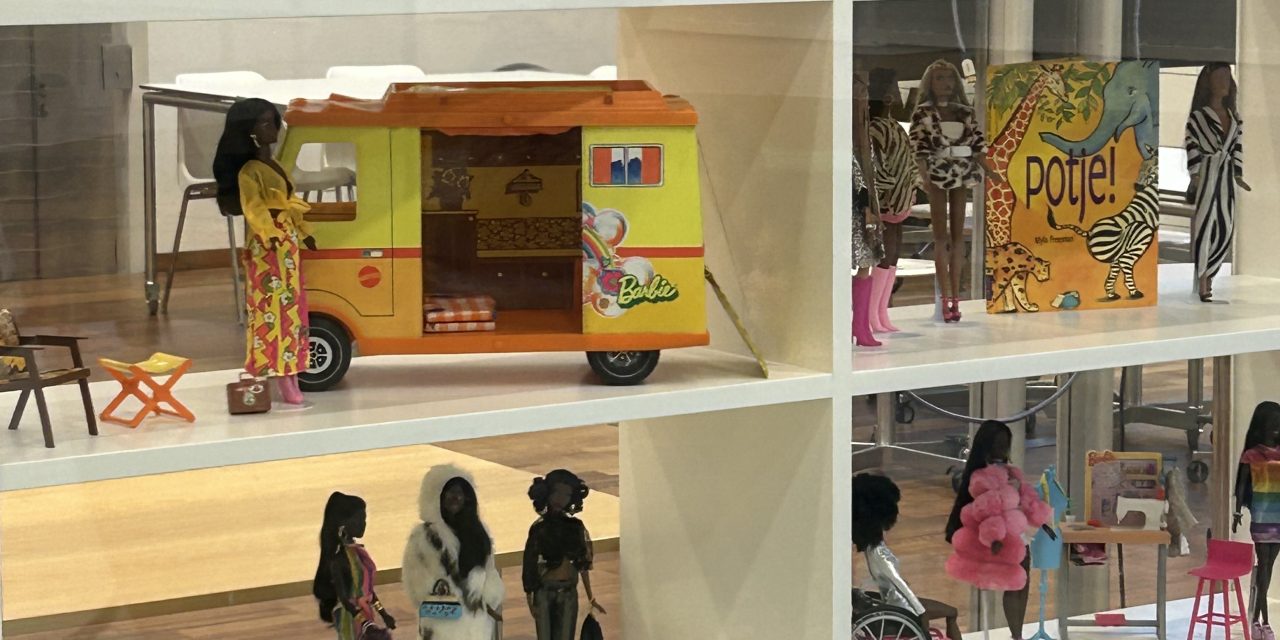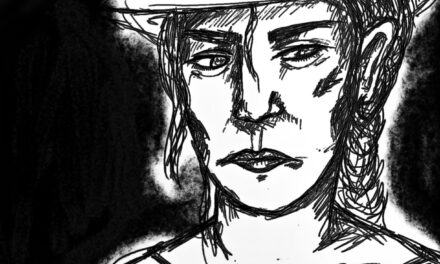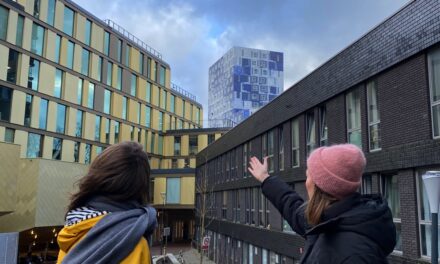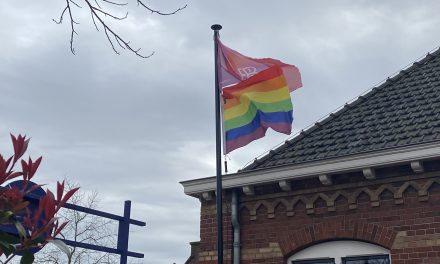On the lowest level of the public library of Amsterdam is an exposition that emphasizes the ever-growing representation of diversity and inclusivity, ‘Black Barbies’. The placement in the children’s area marks a shift toward engaging young minds in conversations about diversity at an early age. Through this article the central issue of the significance of diversity and representation in children’s education, particularly through tangible and digital mediums like toys, books, and online content will be discussed. The article explores how such tools, including the “Black Barbies” exposition at the Amsterdam Public Library, impact children’s understanding of identity and inclusivity.
The evolving landscape of the toy industry explores the significance of diversity and representation. It was in 1967 that Mattel, the company behind Barbie, first introduced their black skinned doll. However, these dolls were merely seen as Barbie’s friends and were just a shadow of existence resulting in a lack of acknowledgment as a real Barbie doll. In the years preceding the production of Black Barbie, Professor Patricia A. Turner, a senior dean at UCLA, noted that society was undergoing fast change, partly as a result of the civil rights movement . Stating that it was ‘no coincidence’ the doll emerged during this time due to the increase of black people’s upward mobility.
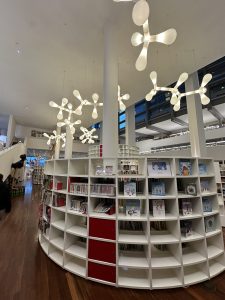
OBA, Public Library Amsterdam
As a way to emphasise this phenomenon, Miss Mylo Freeman, a Dutch/American illustrator for picture books, has curated an exposition dedicated to black barbie dolls in the OBA, the public library of Amsterdam. She’s fascinated by the creation, and history of the dolls and strives for diversity and inclusivity in the toy industry. ”Black dolls are a vital component of the doll industry, and kids of all racial and cultural backgrounds can benefit immensely from them. They can aid in debunking misconceptions, fostering inclusivity, and advancing cultural awareness.” she mentions. Such insights didn’t exist in Freeman’s childhood. Therefore, she started illustrating books and collecting black dolls. Her exposition is meant to function as a learning aid for children to become familiar with the aforementioned terms. ”My exposition conveys a message to children and their parents in a fun and composed manner” she said. ”I think playing with dolls and looking through pictured books are a child’s first turning point towards identifying themselves. It can work as a way to shape their world” Freeman said.
Lucille, a 31-year-old woman, was sitting near the exposition area with her two daughters. ”On Sundays I’ll go to this library with my kids because I like to read, and there is a big playground area for my daughters” she said. The exposition was presented in a way that kids were compelled to notice it. ”I’ve never seen such an exposition before. I’m Surinamese and remember from my childhood that I could only find coloured dolls or books in specific stores in the Netherlands. I thought it was fascinating to see my 5-year-old daughter clinging to the cupboard filled with dolls and books.”. She glances over to her child. ”I think seeing these dolls and recognising certain features they have makes my daughters feel more represented”.
The digitalization of the world prevents kids from authentically familiarising themselves with these terms. Toy stores are closing down, and books are either read digitally or not at all. ”I think in general that the digitalization of the world won’t have a disastrous impact on the overall future perspective of kids’ worlds since parents of this generation are less ignorant than 20 years ago. However, it’s a shame to see educational tools such as toys and books, which are becoming more abundant, aren’t being fully utilized.” Freeman explains. However, representation of black culture is noticeable online as well. For example, Alma’s Way is a PBS Kids television series showcasing the diversity of Black life in New York City honoring the nuances. Additionally, the physical and digital book ”Bedtime Bonnet” presents a realistic depiction of countless black families’ evening routines.
Freeman’s exposition has impacted a few, as she said, ”Every day the librarian, on the exposition floor, tells me about the feedback and enthusiastic reactions that visitors gave me and that this type of education on representation has made them think about how implementing representing materials could be valuable in affecting their lives and their children’s lives.
Diversity and inclusion can and will be digitalised. Even though it is represented in different formats, such as shows for kids or through social media, it eventually serves the same purpose of exploring representation and educating children about identity. It’s a growing phenomenon . ”This exposition, together with many more of its kind, is meant to create more awareness for representation and inclusivity for those who familiarise themselves with such issues but also for those who’d like to become or are openminded to a change in perspective.” Freeman says.
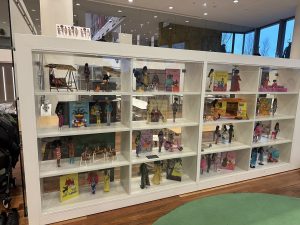
Black Barbies Exposition
